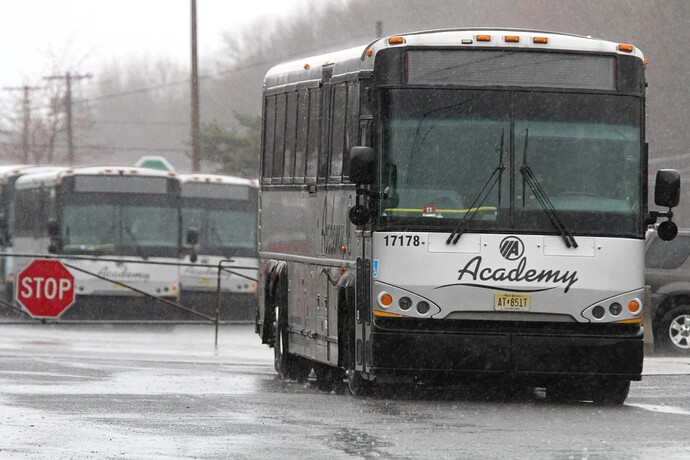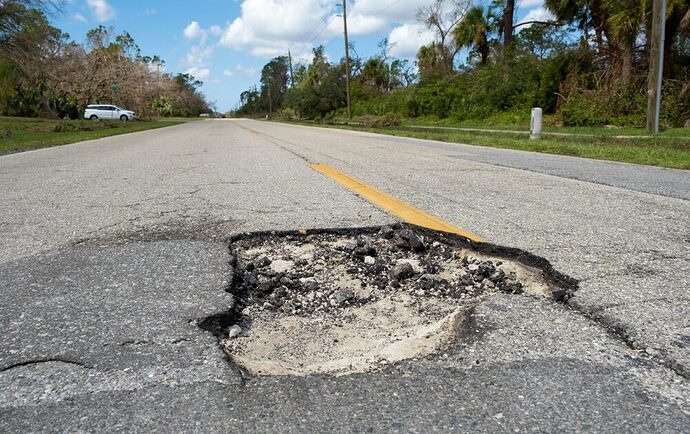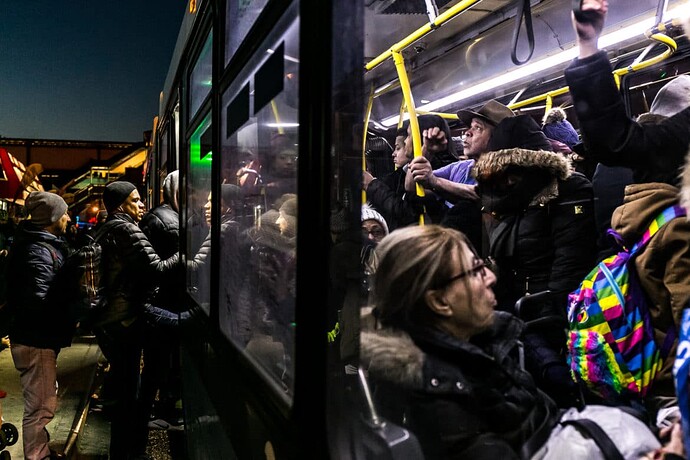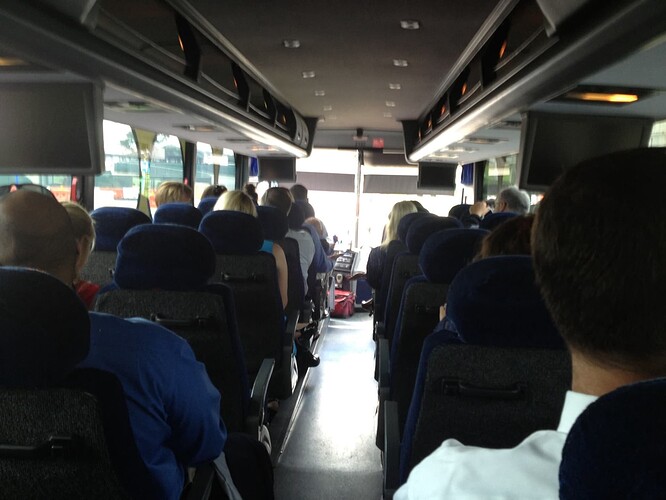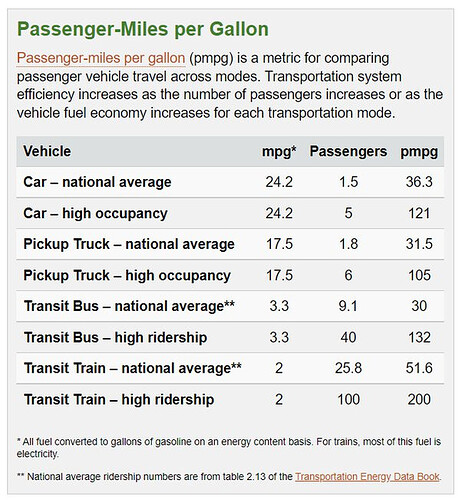one tool i was hoping to use to get away from the ghettos without making the wheels fall of the car commuting was buses like this:
my logic was it has to be more efficient than driving, right ?
then i started crunching the numbers and it wasn’t looking good.
Buses like this get 6-8 mpg versus 30-40 ( highway ) mpg for commuter type cars ( say Corolla ), and on average only carry about 8 passengers ( despite having over 40 seats ).
digging for more data revealed that there actually isn’t a single study anywhere that put buses as being more efficient than cars ! ! !
every single study whether from US, Germany - doesn’t matter, puts buses at about 30% LESS efficient than cars per passenger mile ! ! !
in fact some studies put Bus efficiency lower than that of Air Travel ! ! !
Ships are still the most efficient, followed by rail … but between Air Travel, Car and Bus it comes down to occupancy …
a FULL bus is efficient in passenger mile terms … but so is a full car … the problem is both Buses and Cars typically run at only 20% capacity or so.
the reason planes can beat Buses in passenger miles per gallon is because unlike Buses planes rarely fly even half-empty whereas Buses run almost empty most of the time.
Despite this Urbanists continue to insist that Buses are more efficient … which simply IS NOT TRUE.
to be honest i always believed them ! i assumed the bus is cheaper to operate than car and we drive simply because we hate the bus. but it turns out that bus is actually MORE EXPENSIVE to operate ( paid for by the taxpayer ) than a car ! ! !
so why the fuck do Urbanists still insist on moving everybody from a car to a bus ?
my best guess is parking. buses require a lot less parking than cars do.
